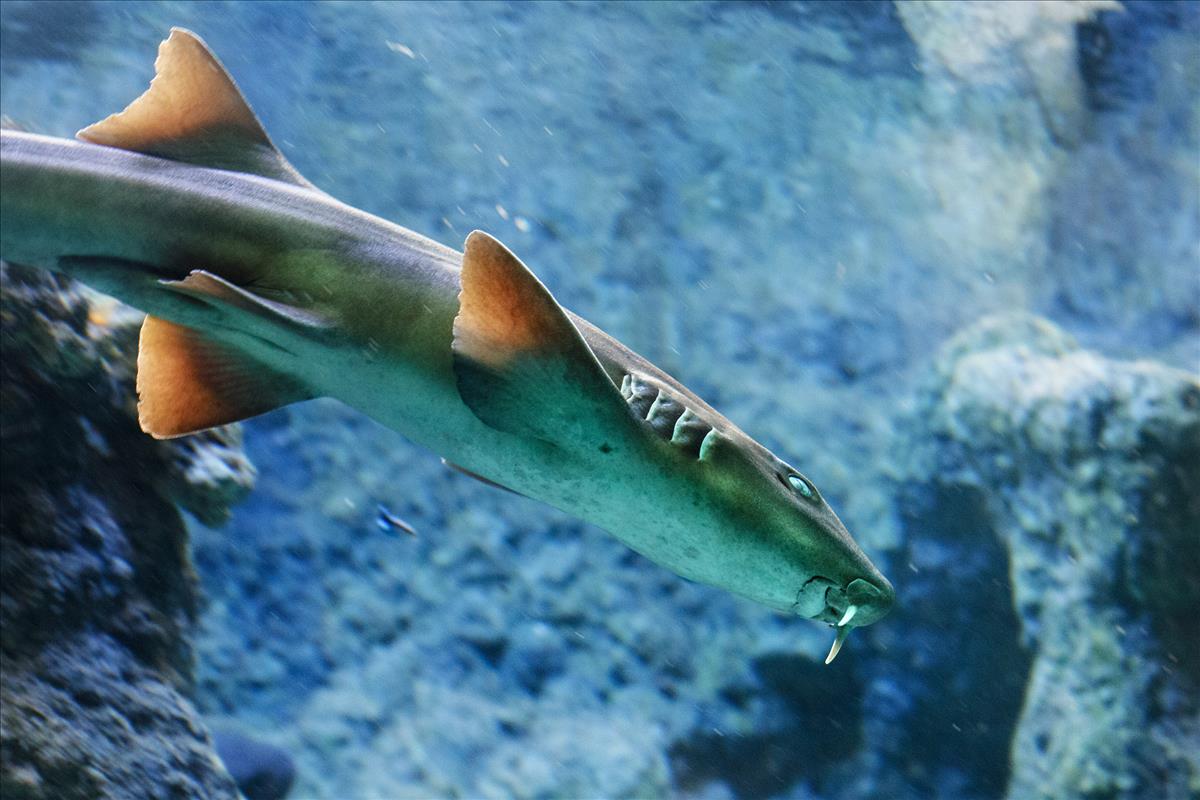Alerts
Please be advised that our bird aviaries are open!
Your Toronto Zoo is committed to the health and safety of the animals in our care. We take proactive steps to protect our birds from Avian Influenza which has been confirmed in a wild bird in southern Ontario, and some birds may still be off display.
Please note Splash Island is still closed and will not open until July due to unforeseen delays in construction. Please watch for updates on https://www.torontozoo.com/tz/splash or on our social media pages. Thank you!
Please note the following animals are currently not on display due to various reasons including Avian Bird Flu, and Covid-19 sensitivity:
- Flamingo, peacock, owl, bald eagle, and aviaries
- Some Kids Zoo Animals
- Cougar
- Moose
- Kangaroo walk through (kangaroos are still visible)
- Axolotl
We apologize for the inconvenience!


Fish
Location at the Zoo:
Australasia
Region: Australasia
Brownbanded bamboo shark
Adults up to 120 cm in length. They have a moderately slender body and a greatly elongated, thick precaudal tail. The mouth is in front of the eyes with spiracles below and behind the eyes. The snout is rounded anteriorly and barbels (sensory organs) hang from each nostril. Both dorsal fins are of equal size. The origin of the first dorsal fin is above the anterior halves of the pelvic fin bases. The origin of the anal fin is behind the free rear end of the second dorsal fin. The young are covered with wavy dark transverse bands and are sometimes peppered with brown spots. As the young mature, they lose their patterns and become a uniform brownish-grey colour, lighter on the underside and around the gill slits.Conservation Status: IUCN
